Monday, March 08 2021 by Sean Clemenson
You would certainly be forgiven for thinking that Society Magazine sounds like a dry and monotonous publication. The mere name Society conjures up images of stock imagery and corporate quotes in my mind; the kind of publication you’d see left on the floor of an empty conference hall after an event. But Lloyd’s Register’s Society Magazine was different. The publication covered every aspect of Lloyd’s Register’s (LR) business, from the globally important to the personally ridiculous. Want to find out about LR’s new Tehran office opening? Looking to join a social club? Ever wondered how LR staff avoided the clutches of Jack the Ripper? Then Society was the place to look.
First Impressions
Society was first published in 1973, the year in which Lloyd’s Register classed the Kriti Land (one of the largest Canadian tankers ever built at the time) and saw the completion of the first built to class offshore drill rig in the USA. In the early 70s, a similar publication to Society, called Maltese Cross had been produced but was short-lived, with only two volumes ever produced in the Winter of 1970 and in September of 1972.
The first edition of Society was released in August 1973 and was launched to provide regular quarterly updates on Lloyd’s Register’s activities globally; a fact which was made clear within the contents page of the first issue.
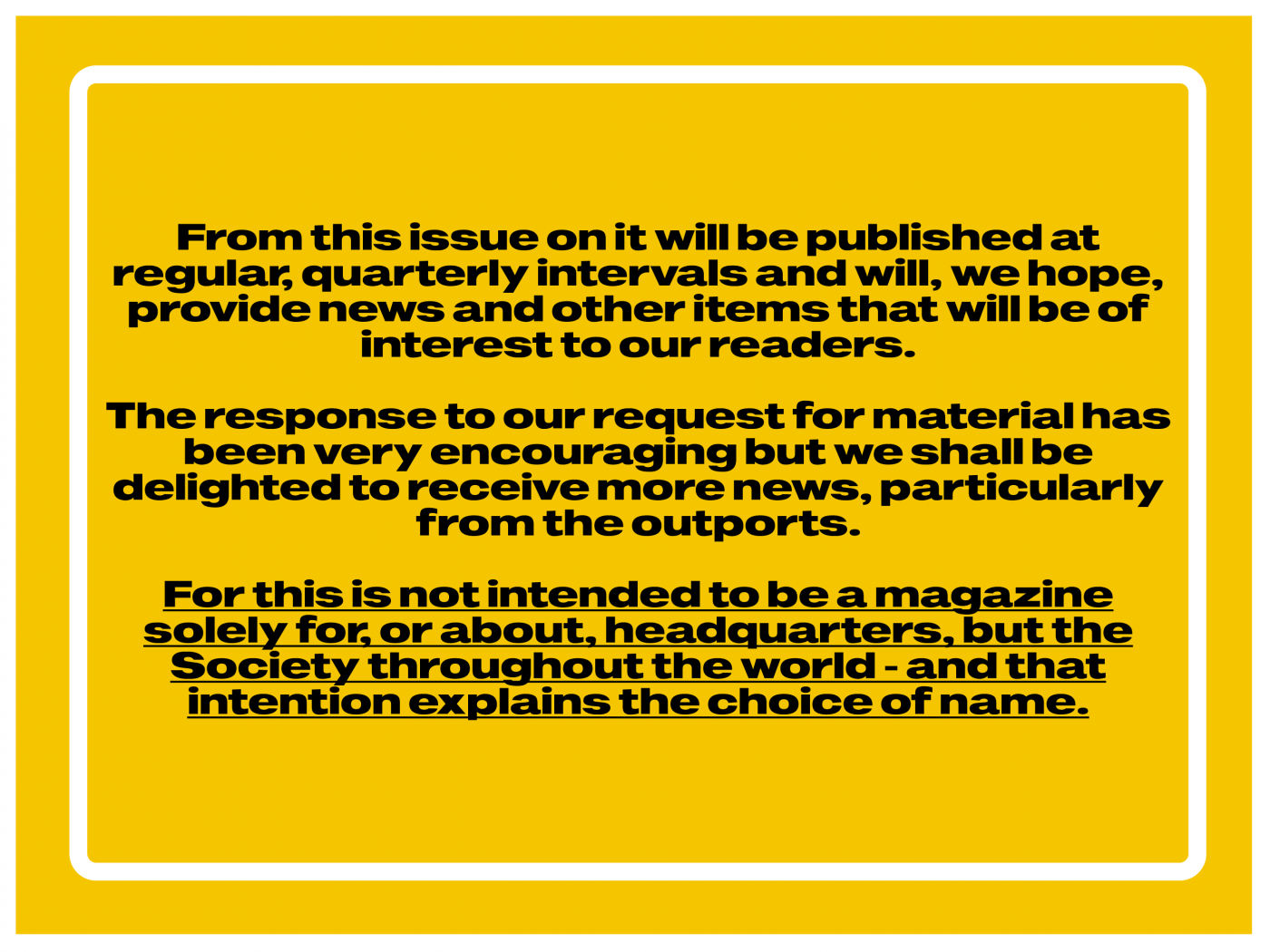
The inaugural edition featured:
- Works start on HQ Extension - An article providing an update on the planned extension of 71 Fenchurch Street's Coronation House building. The extension would see an additional 50,000 square feet of floor space being built on the site, plus a brand new walkway being constructed for easier staff access to Fenchurch Street Station.
- Sir Anthony Retires after 10 years as Chairman – A celebration of Sir Anthony Grover’s service as Lloyd’s Register’s Chairman from 1963-1973. Such were Grover’s talents and reputation, that he held the position of Chairman at both Lloyd’s Register and Lloyd’s of London.
- The Godfather – a profile of an LR Engineer Surveyor who was the benefactor of an orphanage in the Canary Islands.
- New Office Opens at Nancy – a brief note on the opening of a new office in Nancy, France in order for Lloyd’s Register to deal with various metallurgical and mechanical inspection works in the region.
- Snakes, Snow and Pearls – A fascinating piece on the career of a Senior Ship Surveyor across India, Poland and Japan. The surveyor in question recounts how an LR hockey stick proved to be a worthy adversary for a poisonous yellow striped snake while stationed in Visakhapatnam.
- Operation Pedestal: the Ships the Saved Malta – A first-hand account from an LR Senior Surveyor on board the Rochester Castle, one of the first ships to successfully dock in Veletta Malta during the siege of Malta during the Second World War.

The Lloyd’s Register Publications Department & Society: 1973-1988
Over the next 15 years, the variety of content contained within each issue of Society would remain unchanged. Almost every edition of the magazine included profiles on LR’s staff worldwide, information on various sporting and social clubs and photographs of the odd party. As such, the sheer assortment of content included in each publication acts as a window in time in the unique history of Lloyd’s Register.
Production of Society was assigned to LR’s Publications Department. The department had a team of copy editors, designers and photographers; all of whom contributed to each issue. Article contributions were also provided by general LR staff too and would be sent to the Publications Department for consideration. As such, not only would the articles in an edition of Society vary, but so too would the authors.
Take the February 1976 edition of Society as an example.

Within the first 20 pages of the issue, readers can find out about LR’s then Chairman Robert Huskisson CBE being interviewed by the BBC about international shipping. The article reported on the BBC’s Derek Blizzard questioning Huskisson on the rapid development of shipbuilding in the Far East and how emerging methods of construction should be shared internationally for marine safety. It is unknown if the interview was ever broadcast on the BBC, so if you are reading this and can point me in the right direction, then do get in touch.
In contrast to Huskisson's formal chat about international shipping, the other articles featured in the February issue include an interesting piece on the history of the UK's music halls by a member of LR's Industrial Services team, a proposition for a Lloyd's Register motoring club to be formed and how a bread and butter pudding recipe can distract Lloyd's Register's UK staff from the 'dismal economic climate' at the time.

A selection of Society front covers
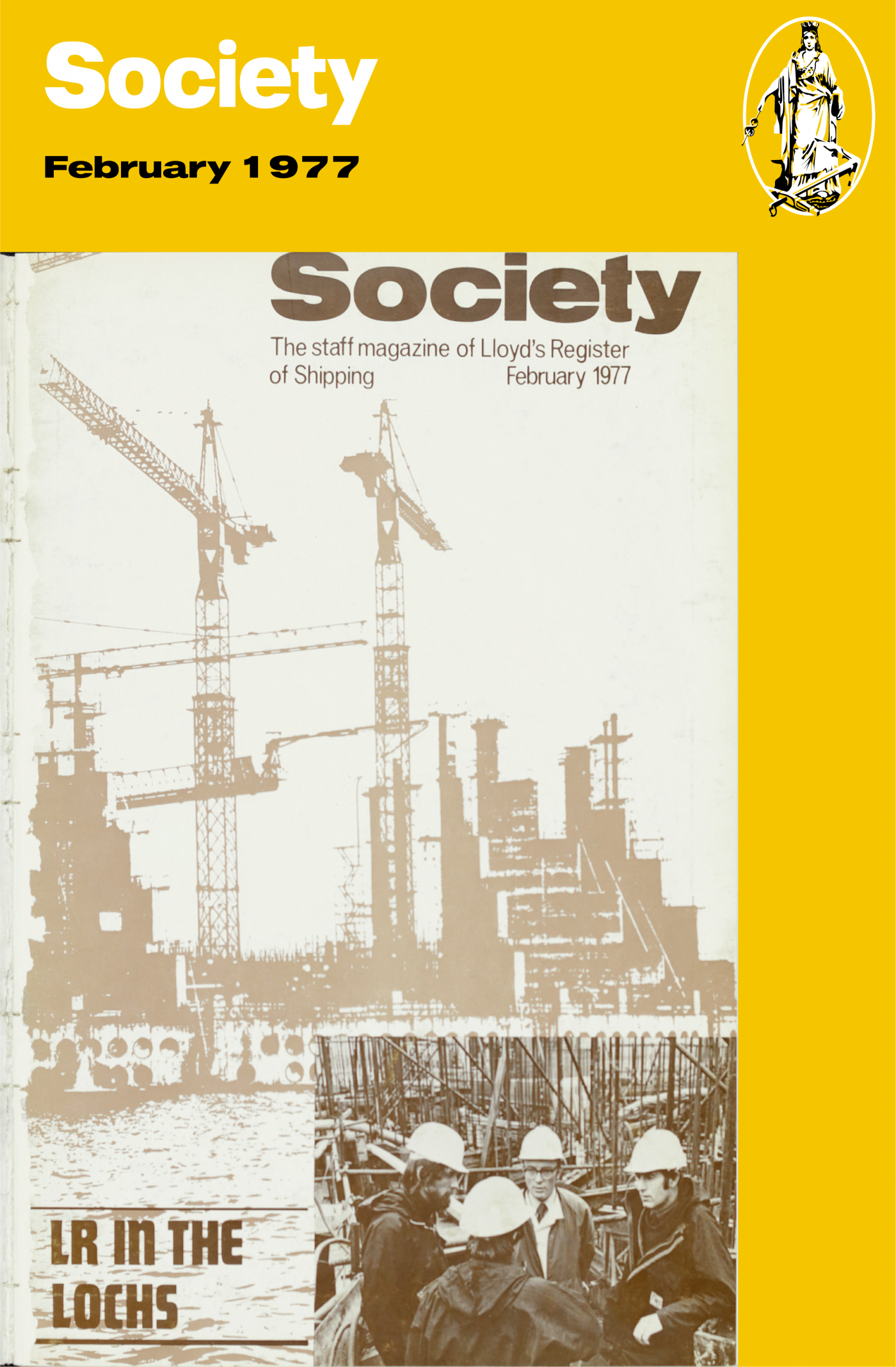
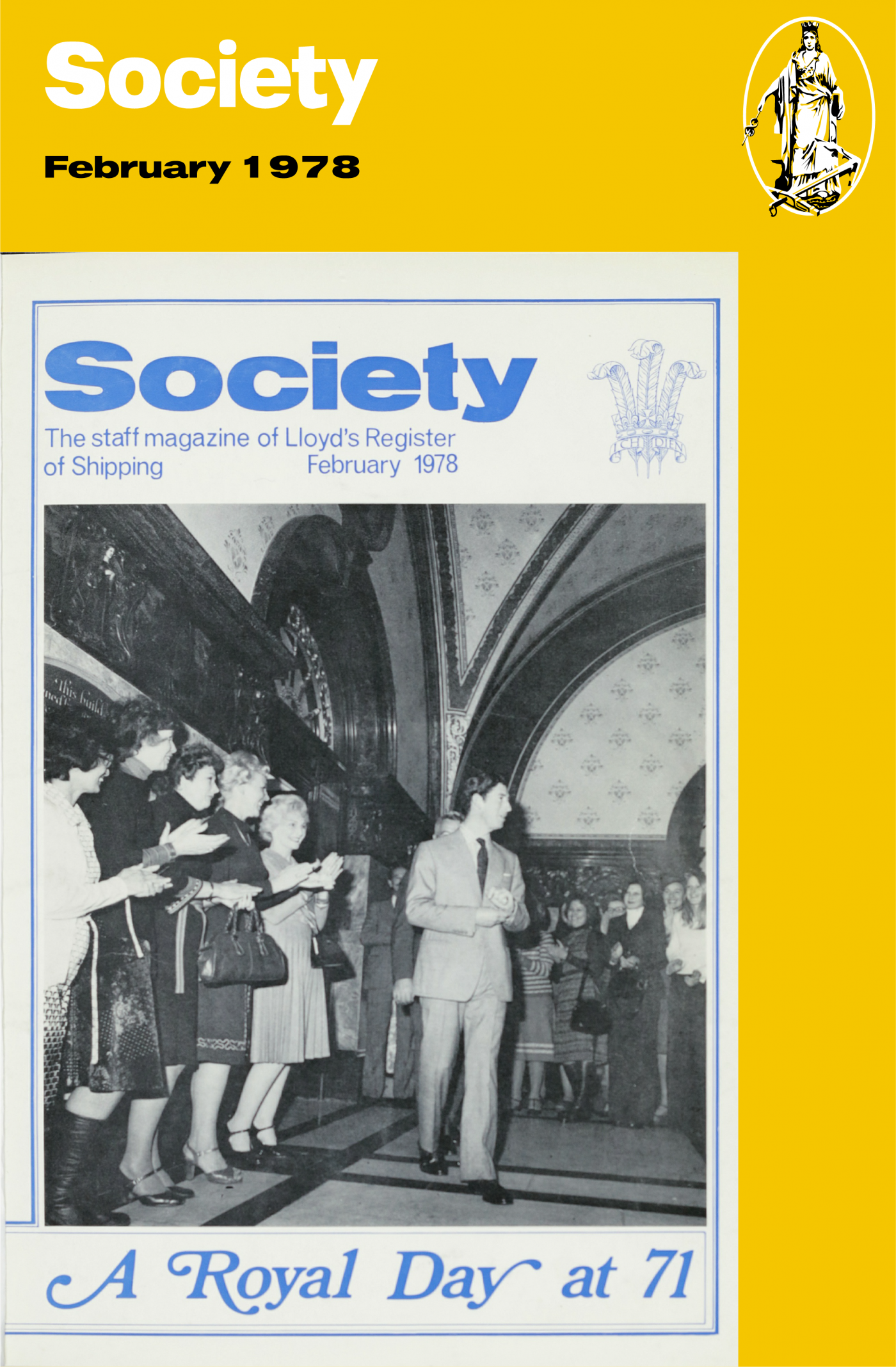
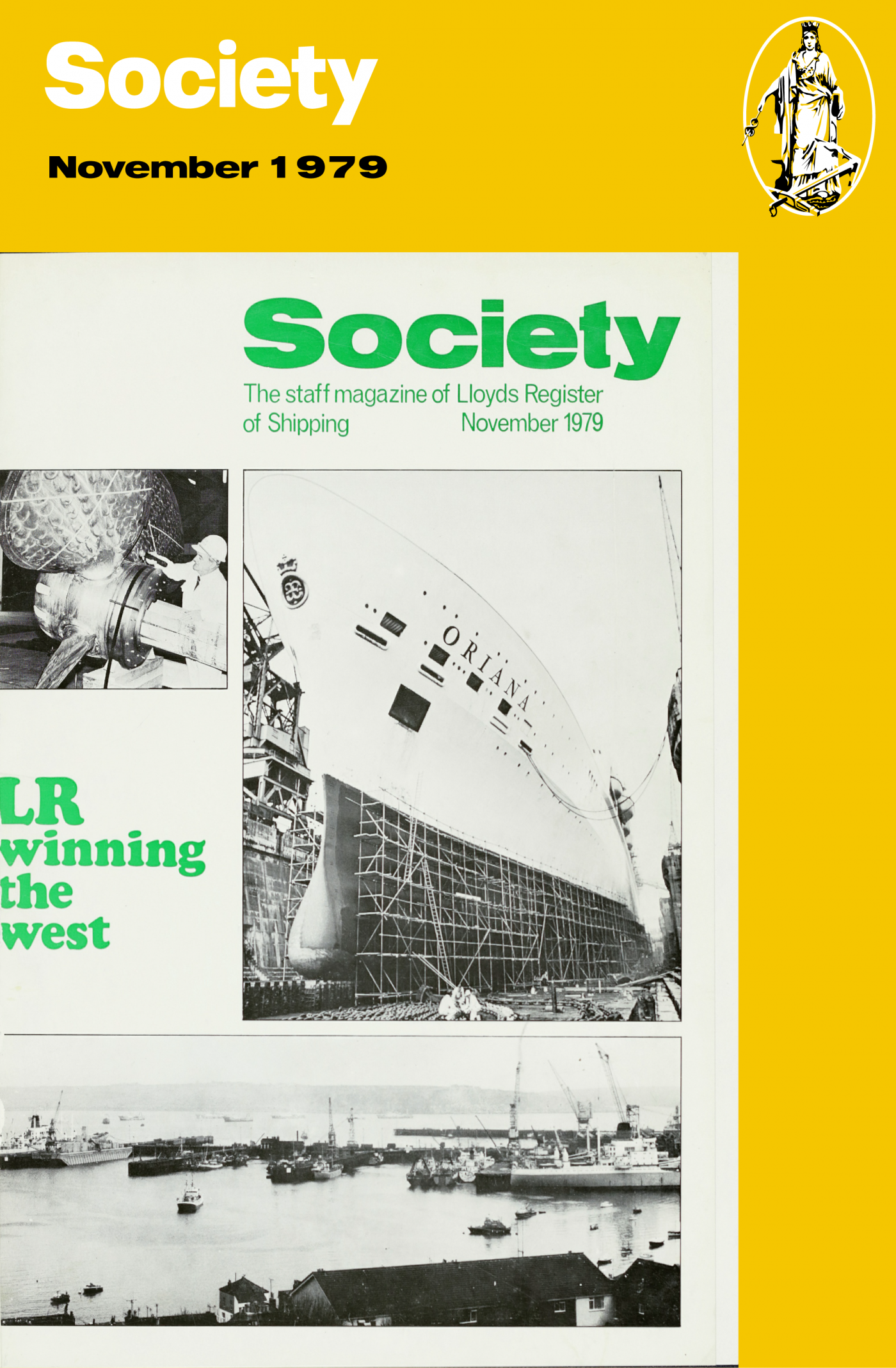
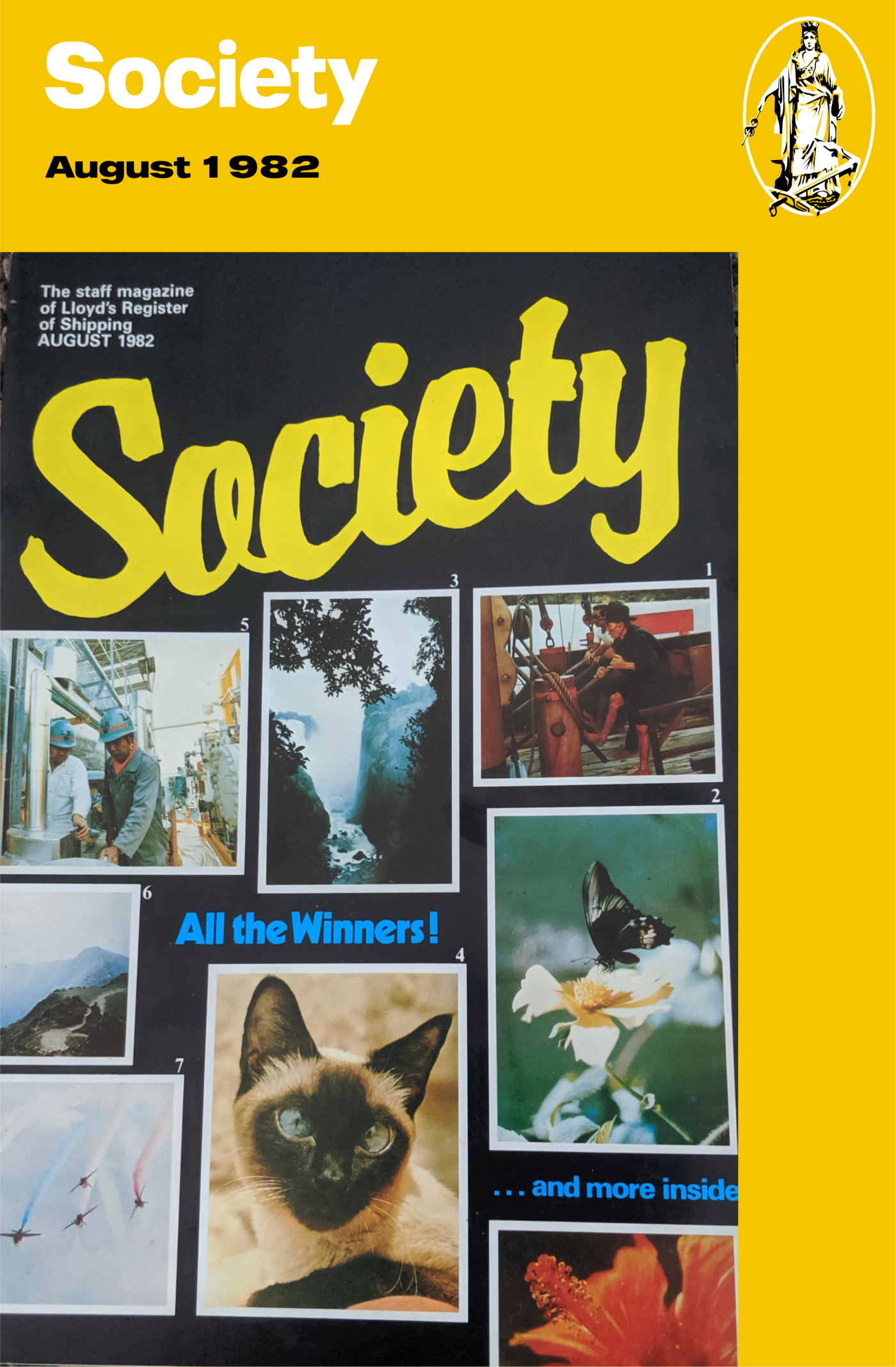
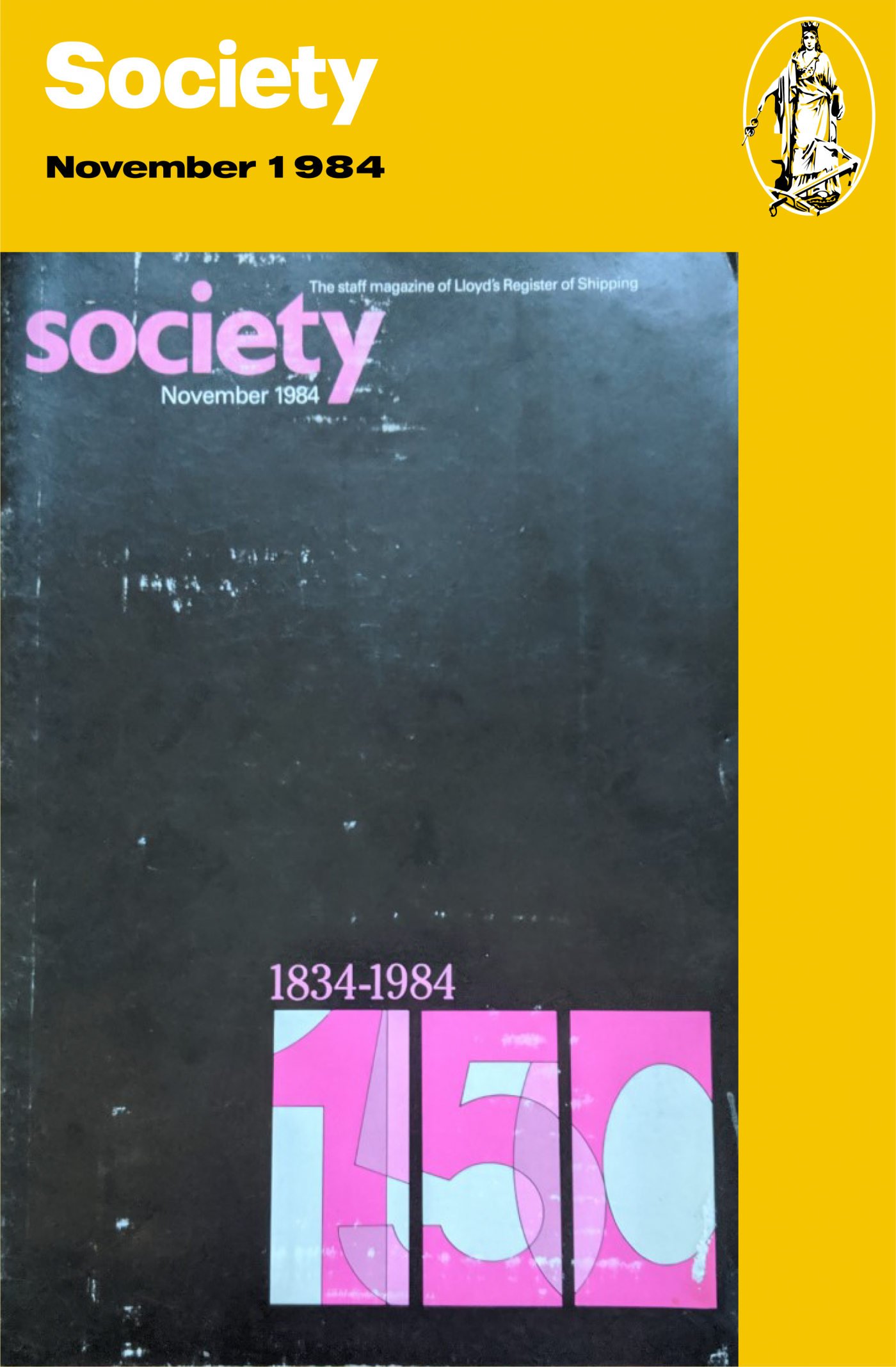
New technology and a new name
As Lloyd’s Register continued to grow throughout the 70's and 80's, stories of new roles, office and business streams continued to appear. In particular, the development of new technology both for Lloyd’s Register’s work and for everyday life became ever present throughout Society. It was this change in technology that prompted the modernisation of Lloyd’s Register’s Printing House in Crawley in 1982 (which saw a transition from metal pressings equipment to photocomposition techniques), the adoption of car phones for LR Surveyors and eventual rebrand of Society into Lloyd’s Register News International in 1988.

Following development of Apple’s Macintosh desktop publishing system (DTP), it was decided that Society would be phased out, with a new publication following in its wake. The new DTP system, QuarkXPress, birthed Lloyd’s Register News International which saw LR’s internal news and updates moulded into a newspaper style publication, rather than a magazine. The new system would allow Lloyd’s Register to produce News International at a much cheaper rate than Society. QuarkXPress would also allow the department to ‘save a great deal of editorial time’.
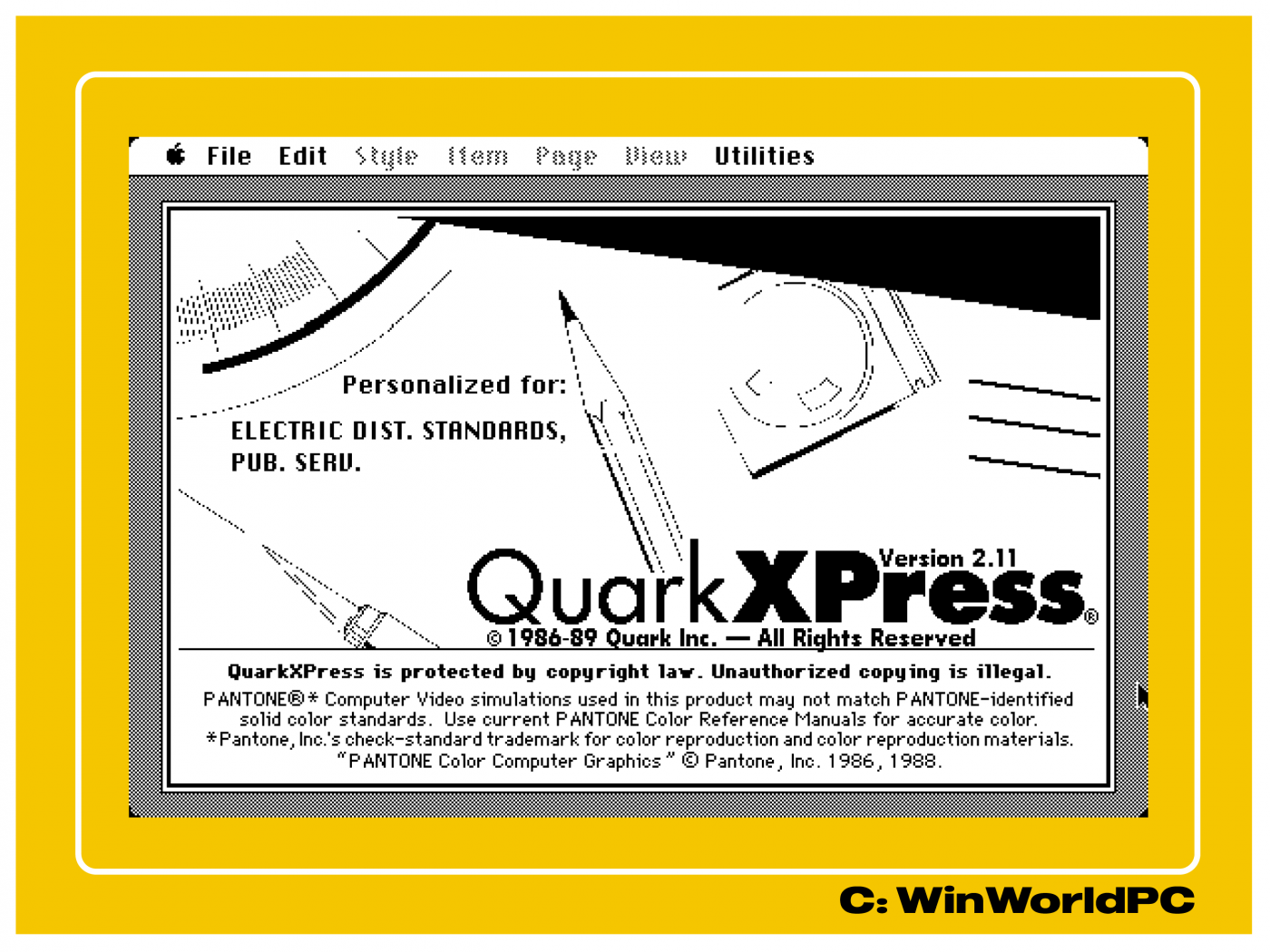
In today’s world, internal social media platforms such as Yammer offer similar, albeit less-curated content, to Society. In spite of this though, even today current and ex-LR staff still ask about the ‘old magazines’ and reminisce on their contents. Looking back on it, LR’s Publications Department hoped the first edition of Society would provide news and other items that will be of interest to our readers – it certainly achieved that and is still achieving that almost 50 years later.

